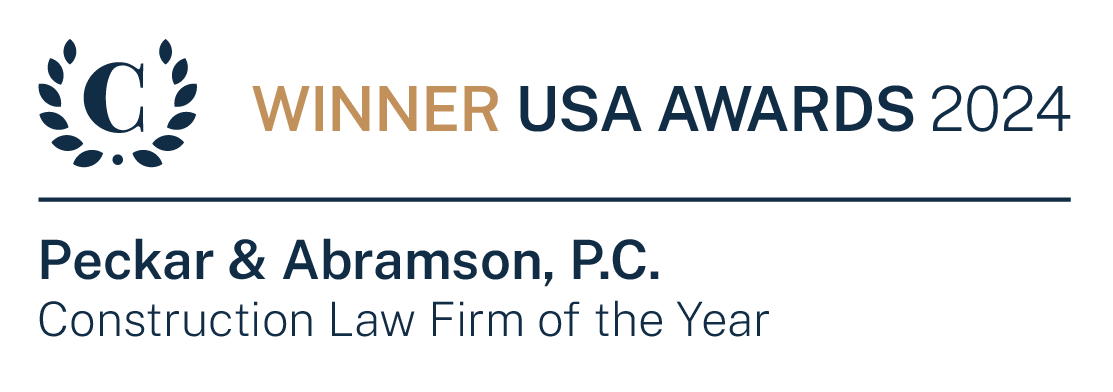Client Alerts & Publications
NLRB Finalizes Rule for Construction Industry Unions to Obtain Majority Support Representational Status
Authors: Aaron C. Schlesinger,
Published Date: August 23, 2024
On July 26, 2024, the National Labor Relations Board (“NLRB”) issued its Fair Choice – Employee Voice Final Rule (“Final Rule”), which takes effect September 30, 2024. The Final Rule eases the process for unions in the construction industry to convert their status as collective bargaining representative of bargaining unit employees from Section 8(f) to 9(a) of the National Labor Relations Act (“Act”) simply by placing certain recognitional acceptance language in their collective bargaining agreements. As a result, construction industry employers should review their collective bargaining agreements prior to signing to determine if such language exists.
Section 9(a) Non-Construction Industry Employers
In most industries, not including construction, union recognitional status as collective bargaining representative of the employer’s employees is governed by Section 9(a) of the Act. In order for a Union to obtain recognitional status under Section 9(a), the union must either: (1) file a petition with the NLRB showing support of 30% of the proposed bargaining unit via employee executed authorization cards and win an election of 51% of the employees in the proposed bargaining unit who actually vote; or (2) by reaching an agreement with the employer that the union possesses employee executed authorization cards from 51% of the proposed bargaining unit, which has been confirmed by a neutral arbitrator pursuant to a card count. Once such status is achieved, the union and employer are required to meet and bargain towards reaching a collective bargaining agreement covering the terms and conditions of employment of the union represented employees. A Section 9(a) union cannot have its recognitional status revoked absent the loss of majority support of the employees it represents.
Section 8(f) Construction Industry Employers
The construction industry possesses different requirements regarding an employer’s ability to enter into collective bargaining agreements and recognize a union. More specifically, Section 8(f) of the Act, which covers collective bargaining agreements in the construction industry, permits employers to agree to recognize a union as collective bargaining representative of its employees, be bound to collective bargaining agreements, and terminate the union’s recognitional status and collective bargaining agreements on behalf of their employees, without employee input, an election, or authorization card count. Simply put, the employer possesses the unilateral authority to both become party to and terminate its collective bargaining agreements as well as the union’s recognitional status under those agreements.
NLRB’s Eased Standard for Conversion
The NLRB’s Final Rule eases the standard required for a union in the construction industry to convert a Section 8(f) relationship to a 9(a) collective bargaining relationship wherein it must show majority support. Under the rule, the union can satisfy this requirement simply by placing language in a collective bargaining agreement, without additional supporting evidence of majority support, stating that: (1) the union requested recognition as the majority representative of unit employees; (2) the employer recognized the union; and (3) the employer’s recognition was based on the union showing or offering to show evidence of its majority support. The foregoing language essentially allows unions to circumvent the requisite showing of majority support by contract language alone.
Conclusion
In light of the Final Rule, construction industry employers should carefully review the language in the recognition clauses of their collective bargaining agreements. This should be done prior to execution to ensure that they do not subject themselves to the above Section 9(a) transitional recognitional language wherein they are unable to terminate the union’s recognitional status absent a showing of proof that the union has in fact lost majority support of the employees it represents. Employers should also seek legal guidance when necessary.
Please feel free to contact Aaron C. Schlesinger at aschlesinger@pecklaw.com with any questions.









